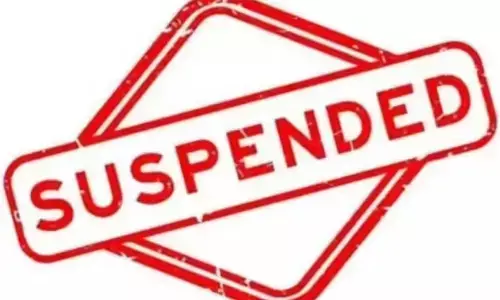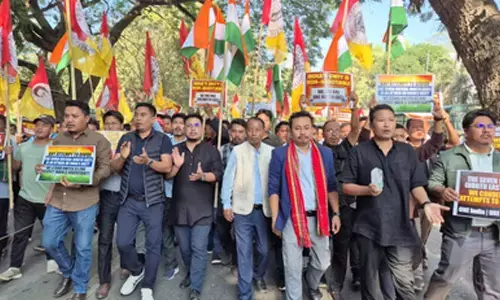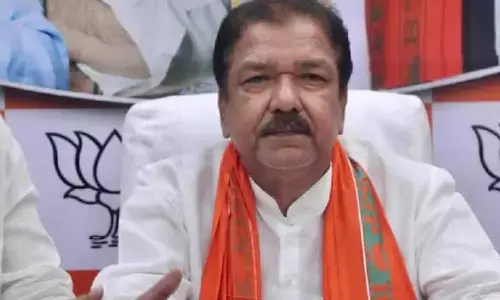Farmers urges the CM to expedite the pending works under various irrigation projects in the district

In the arid landscapes of the Nadigadda region, a plea echoed across the fields. The farmers, the backbone of this drought-prone area, had gathered with a unified voice
Gadwal: In the arid landscapes of the Nadigadda region, a plea echoed across the fields. The farmers, the backbone of this drought-prone area, had gathered with a unified voice, urging Chief Minister Revanth Reddy to breathe life into the long-stalled irrigation projects that promised to transform their fortunes.
The Rajoli Banda Diversion Scheme (RDS) has been a beacon of hope since its inception in 1946 by the Nizam government. Nestled in the village of Rajoli Banda in Raichur district, this project was designed to alleviate the water scarcity in Gadwal, Alampur, and Raichur constituencies. Allocating 8.5 TMC of water from the RDS, it aimed to irrigate 8,500 acres in Telangana and an additional 400 acres in Andhra Pradesh. For decades, the farmers pinned their hopes on this lifeline, but the dream remained unfulfilled.
Fast forward to 2005, when the then Chief Minister YS Rajasekhar Reddy launched the Jawahar Nettempadu Lift Irrigation Scheme. This ambitious project aimed to harness 20.245 TMC of water from the Priyadarshini Jurala project to irrigate 200,000 acres across Gadwal and Alampur. Yet, like its predecessor, it fell victim to governmental apathy and bureaucratic delays. Canals remained unfinished, overbridges incomplete, and the causeways, vital for water distribution, were left in disrepair.
The situation worsened with the RDS canals from Sindhanoor to Alampur, choked by silt and substandard workmanship. Mud accumulated over shift drains, disrupting water flow and leaving farmers in a perpetual struggle for irrigation. The promised lifeline had turned into a mirage.
In 2018, a glimmer of hope appeared when the KCR government announced the Tummilla reservoir project, intended to connect the RDS canal. However, post-election, the project stalled, plagued by poor planning and execution. Another reservoir, Chinnonipalli, initiated by YS Rajasekhar Reddy in 2005, remained incomplete due to land acquisition and rehabilitation issues.
Other reservoirs, including those at Muchhoni Palli, Nagar Dodii, Tati Kunta, Mallamma Kunta, and Julekal, were similarly abandoned, victims of political maneuvering. The farmers' frustration grew as they watched potential solutions slip away, one after another.
Determined to break the cycle of neglect, the farmers of Nadigadda region rallied, their voices united in a call to action. They urged Chief Minister Revanth Reddy to intervene and fulfill the promises made to them. The completion of these projects was not just about water; it was about restoring faith and ensuring a sustainable future for generations to come.
In a heartfelt appeal, the farmers highlighted their plight and the urgent need for action. They expressed their hopes for a government that would prioritize their needs and complete the pending projects that could transform their lives. The plea from the parched fields of Nadigadda was clear: it was time for promises to be kept, for lifelines to be restored, and for the farmers' faith to be renewed.
















